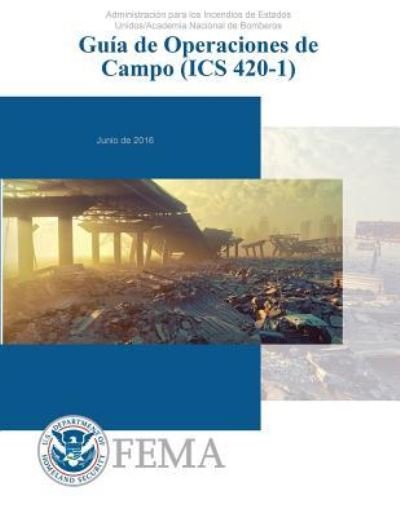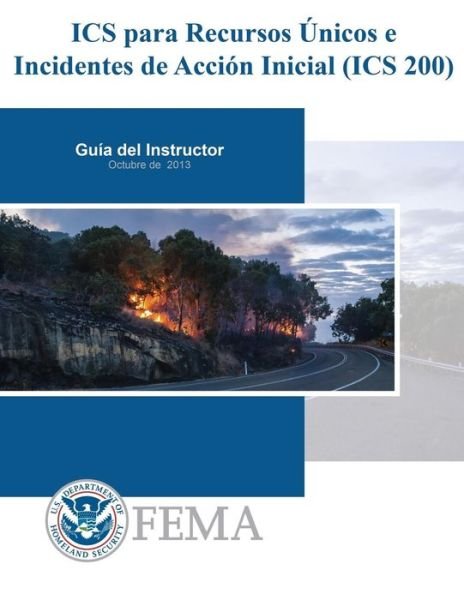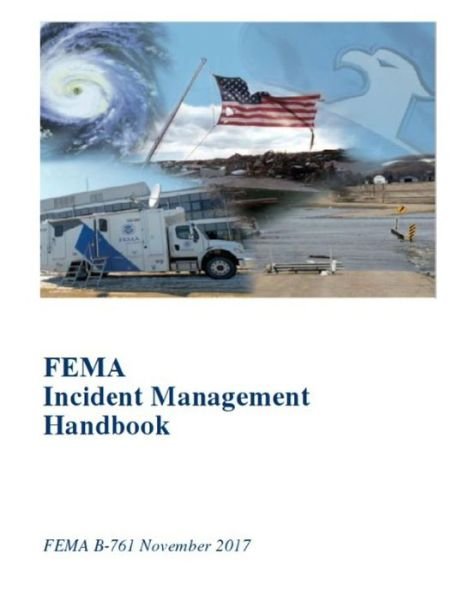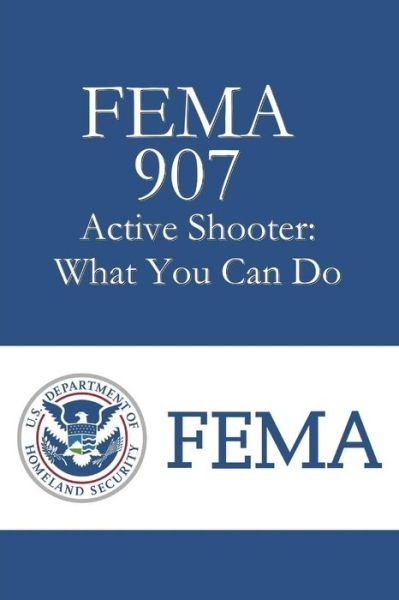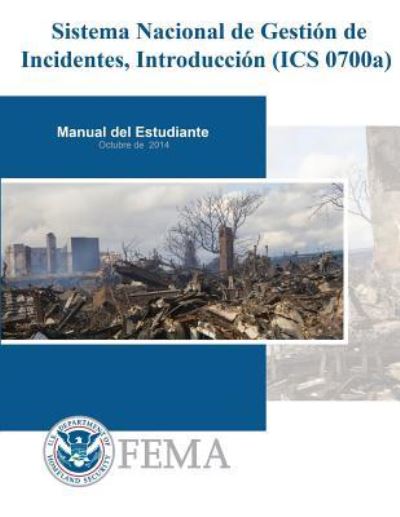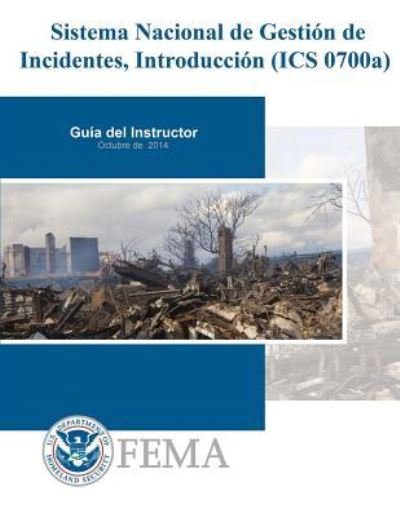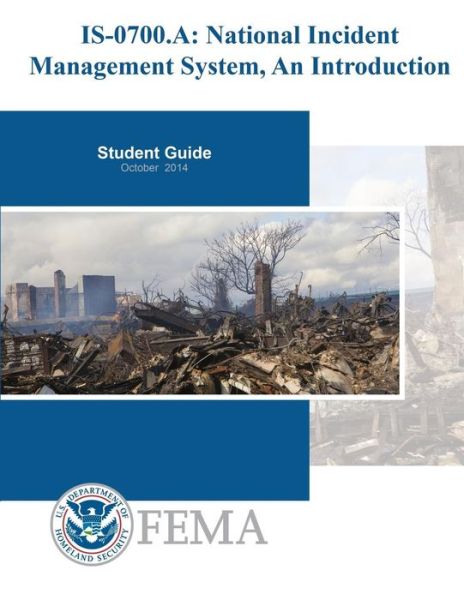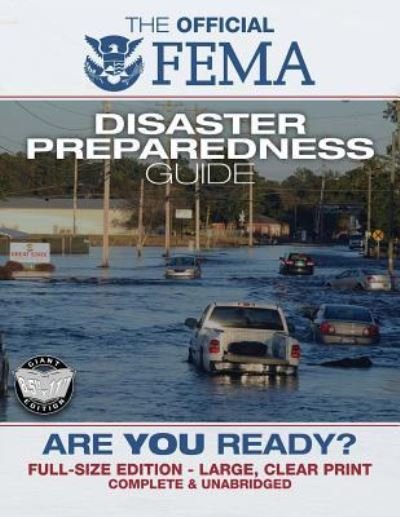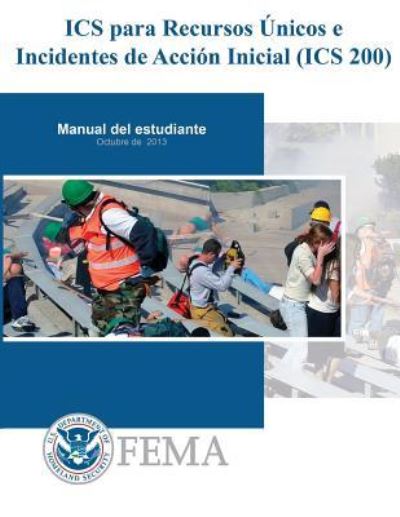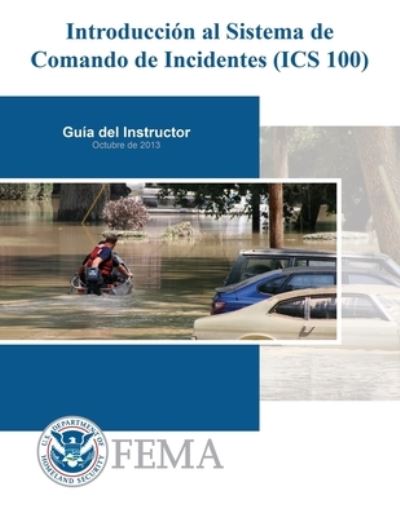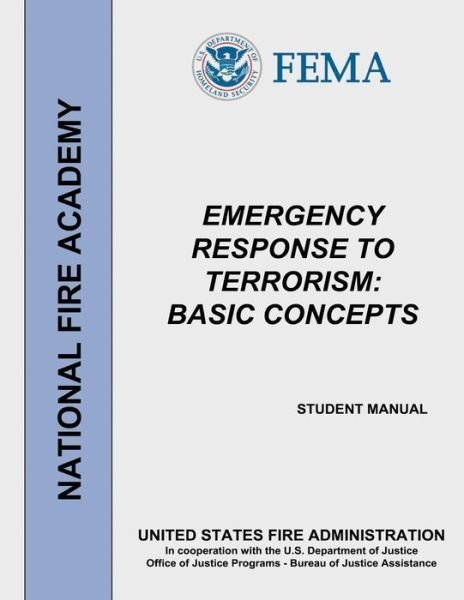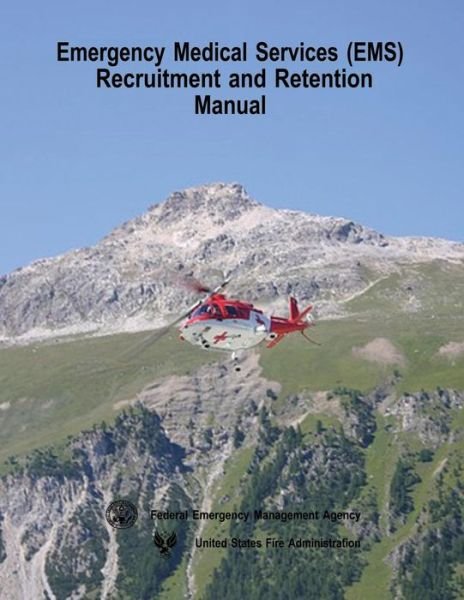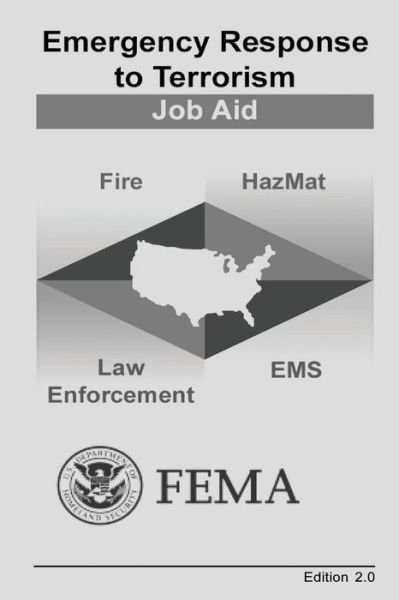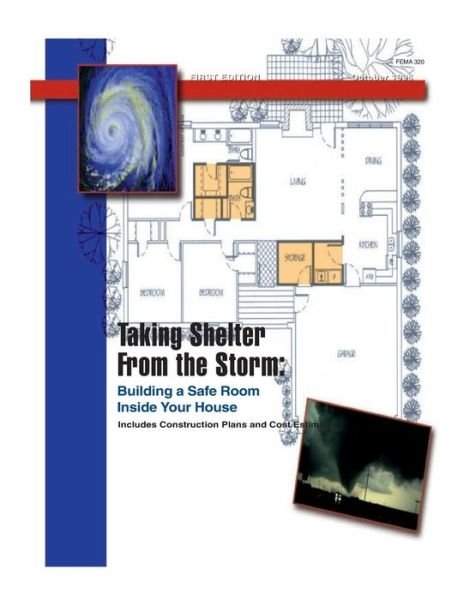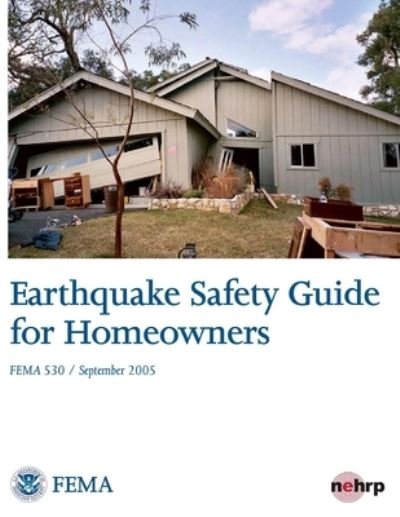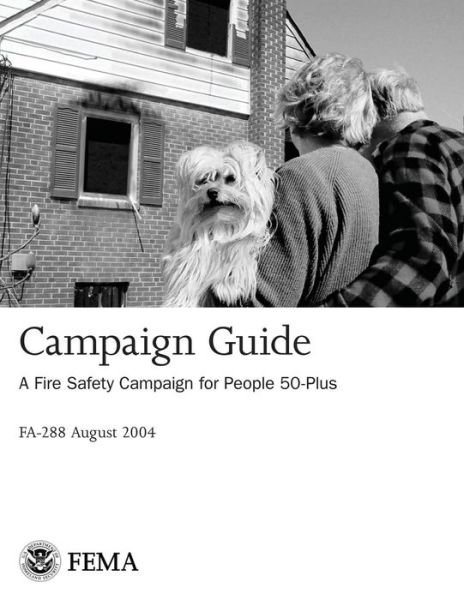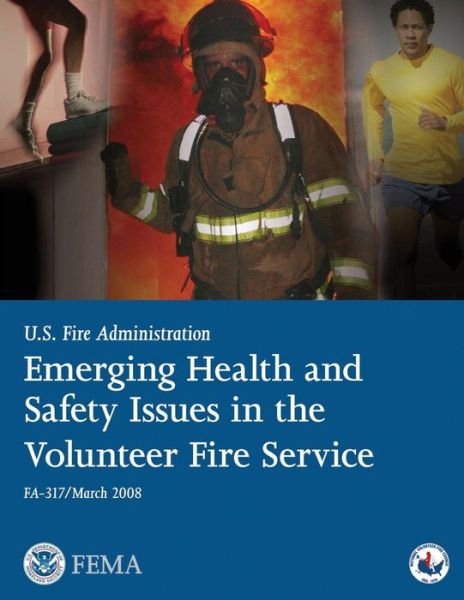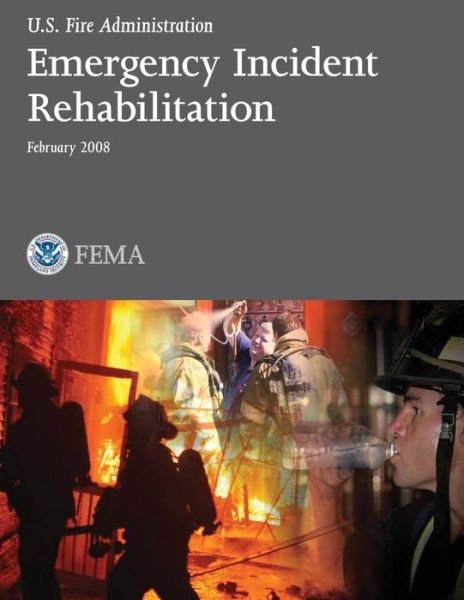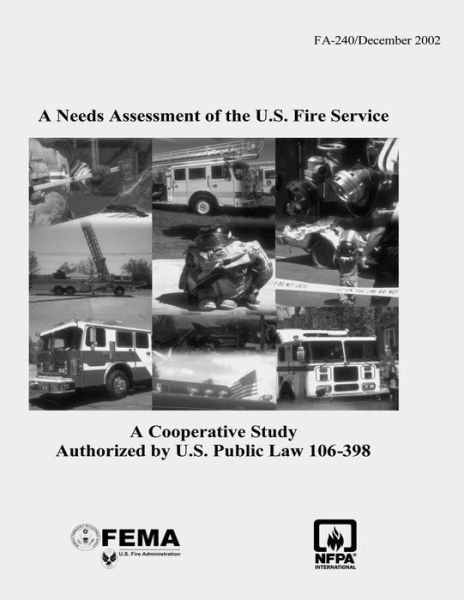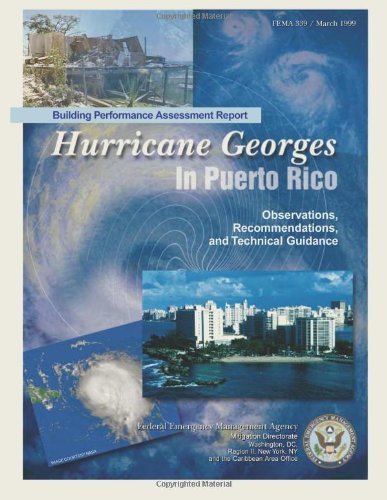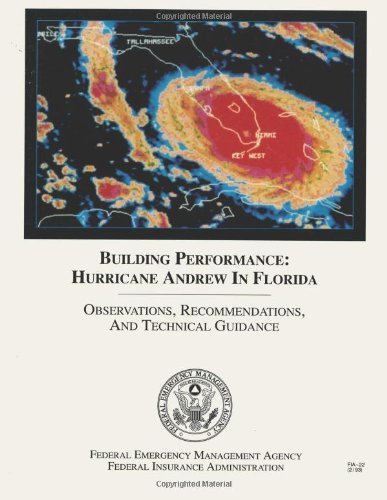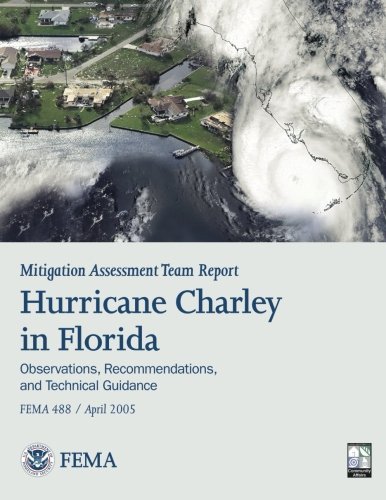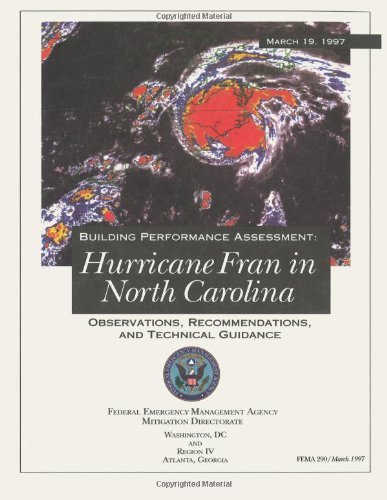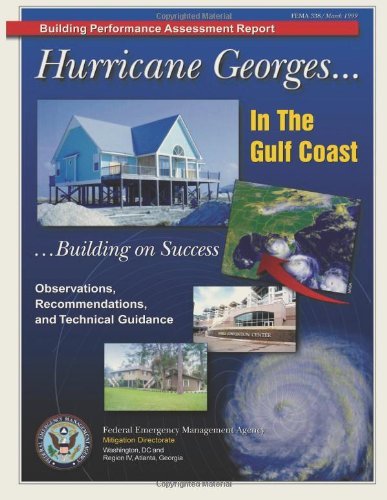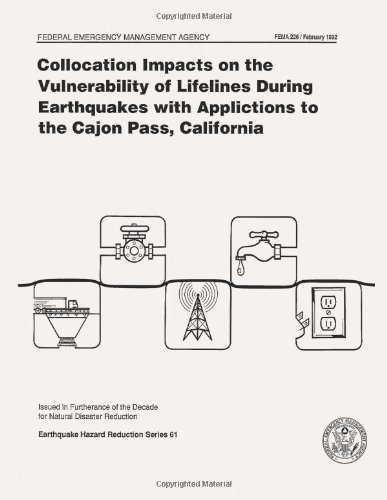
Conte aos seus amigos sobre este item:
Collocation Impacts on the Vulnerability of Lifelines During Earthquakes with Applications to the Cajon Pass, California (Fema 226)
Federal Emergency Management Agency
Collocation Impacts on the Vulnerability of Lifelines During Earthquakes with Applications to the Cajon Pass, California (Fema 226)
Federal Emergency Management Agency
Lifelines (e.g., systems and facilities that deliver energy fuel and systems and facilities that provide key services such as water and sewage, transportation, and communications are defined as lifelines) are presently being sited in "utility or transportation corridors" to reduce their right-of-way environmental, aesthetic, and cost impacts on the communities that rely upon them. The individual lifelines are usually designed, constructed, and modified throughout their service life. This results in different standards and siting criteria being applied to segments of the same lifeline, and also to different standards or siting criteria being applied to the separate lifelines systems within a single corridor. Presently, the siting review usually does not consider the impact of proximity or collocation of the lifelines on their individual risk or vulnerability to natural or manmade hazards or disasters. This is either because the other lifelines have not yet been installed or because such a consideration has not been identified as being an important factor for such an evaluation. There have been cases when some lifeline collocations have increased the levels of damage experienced during an accident or an earthquake. For example, water line ruptures during earthquakes have led to washouts which have caused foundation damage to nearby facilities. In southern California a railroad accident (transportation lifeline) led to the subsequent failure of a collocated fuel pipeline, and the resulting fire caused considerable property damage and loss of life. Loss of electric power has restricted, and sometimes failed, the ability to provide water and sewer services or emergency fire fighting capabilities. In response to these types of situations, the Federal Emergency Management Agency (FEMA) is examining the use of such corridors, and FEMA initiated this study to examine the impact of siting multiple lifeline systems in confined and at-risk areas. The overall FEMA project goals are to develop managerial tools that can be used to increase the understanding of the lifeline systems' vulnerabilities and to help identify potential mitigation approaches that could be used to reduce those vulnerabilities. Another program goal is to identify methods to enhance the transfer of the resulting information to lifeline system providers, designers, builders, managers, operators, users, and regulators. This report presents the analytic methods developed to define the collocation impacts and the resulting analyses of the seismic and geologic environmental loads on the collocated lifelines in the Cajon Pass. The assumed earthquake event is similar to the 8.3 magnitude, San Andreas fault, Ft. Tejon earthquake of 1857. In this, report a new analysis method is developed and applied to identify the increase in the vulnerability of the individual lifeline systems due to their proximity to other lifelines in the Cajon Pass. A third reports presents an executive summary of the study. The Cajon Pass Lifeline Inventory report and this present report taken together provide a specific example of how the new analysis method can be applied to a real lifeline corridor situation.
| Mídia | Livros Paperback Book (Livro de capa flexível e brochura) |
| Lançado | 15 de março de 2013 |
| ISBN13 | 9781482788471 |
| Editoras | CreateSpace Independent Publishing Platf |
| Páginas | 114 |
| Dimensões | 213 × 6 × 276 mm · 281 g |
| Idioma | English |
Mais por Federal Emergency Management Agency
Ver tudo de Federal Emergency Management Agency ( por exemplo Paperback Book , Hardcover Book , Spiral Book e Book )


